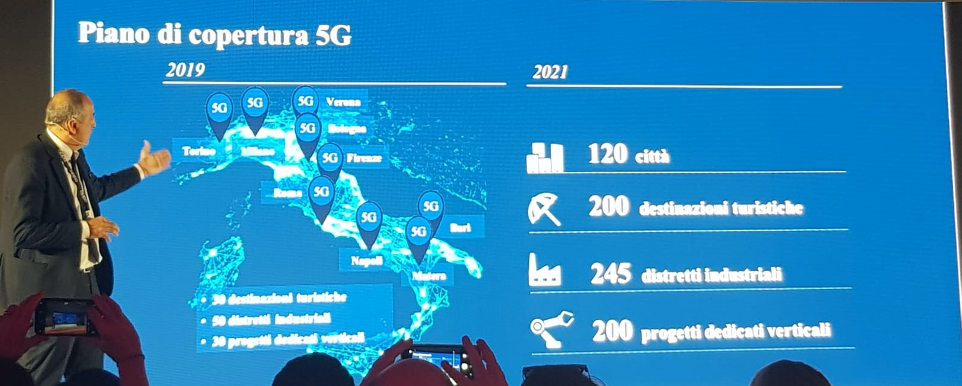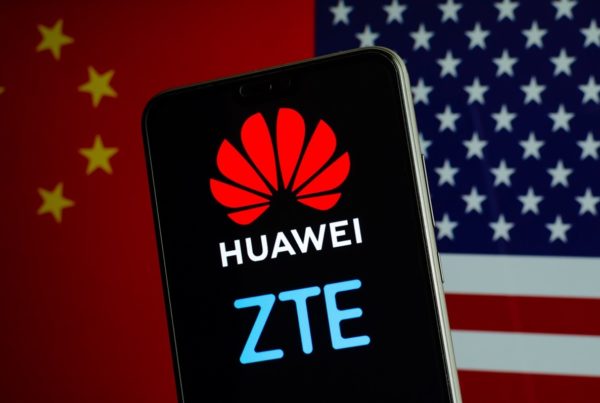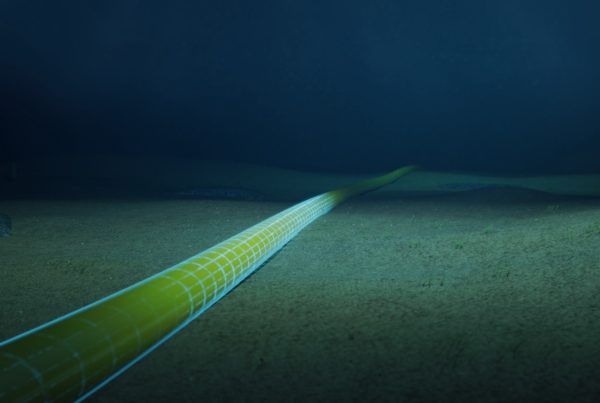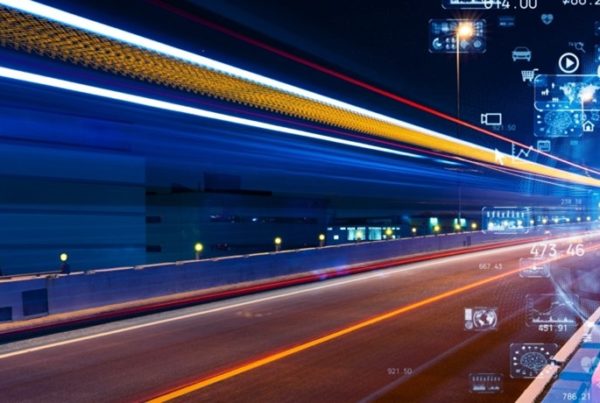In the early days of August, TIM and the Municipality of Turin signed an agreement to make Turin a real “polis 4.0” thanks to 5G. The agreement concerns a joint development plan which includes digital activities and solutions to be carried out within the city perimeter, with the aim of realizing innovative applications for the Smart City.
The development plan will last three years and will start from the Innovation Center of TIM, located right on the city of Turin, where the first 5G connection in Italy and the first prototypes of 5G services for the consumers had been tested: automotive, drones, Industry 4.0, digital tourism and the first car driven remotely.
Let’s see in detail the activities planned by the agreement:

Therefore, the city of Turin continues its collaboration with TIM – which has already started in 2017 – to develop digital networks with “the aim of creating technology-enabling infrastructures to integrate innovative services in the urban area. This MoU is set for the adoption and scalability of new services aimed at improving the quality of life in Turin”, as the City council member to the Innovation, Paola Pisano, stated.
Polis 4.0
The architecture of a Smart City, or Polis 4.0, as defined by one of the Big Four, Ernst&Young, is based on four main layers:
The Smart City will allocate and manage resources more efficiently and it aims to become economically viable and energetically self-sufficient, developing new models for urban mobility and, at the same time, paying great attention to citizens’ quality of life.
So where are we in Italy? Despite many initiatives attempt to use digital technologies to make cities become “smart”, Italy is still behind compared to other Europeans nations because it faces several difficulties. First, we need a medium- to longer-term strategic planning to guarantee reliable results over time.
Another obstacle is the collection and use of data: turning big data into useful information to create new products and services for citizens and communities, allowing them to experience transformational change of cities into real Smart Cities.
Let’s take a look at the other mobile operators: Vodafone, WindTre and Iliad
The strategy of Vodafone in the Industry 4.0 is mainly designed to the digital transformation of companies and it includes a huge investment plan, starting from 2019, of 240 million of euros to be allocated in the next 5 years. The new applications and services will be realized both by directly developing platforms for IoT, Analytics, Cloud apps, and by creating an ecosystem of national and international partners. For what concerns Smart Cities, in the Milan metropolitan area, Vodafone will complete 5G network coverage by the end of 2019, investing 90 million of euros in the project.
The digital innovation of Sustainable Development Goals is the approach promoted by WindTre to design the reference scenario for supporting initiatives to the Global Agenda, together with its stakeholders. In 2019 the company decided to focus on the future of Italian cities aiming at thinking about how a smart transformation will affect sustainability, competition and quality of life. Recently, WindTre, in partnership with Open Fiber, has won the tender for 5G trials in L’Aquila and Prato. Having the support of several companies, universities and research centers, the target is testing innovative solutions in order to make the cities of L’Aquila and Prato the “5G Cities”.
Iliad, the fourth network operator in Italy, is currently developing its own 5G network, having construction sites opened in several cities, including Rome and Milan. For the moment, the French company hasn’t released any Industry 4.0 project, but we know that this year it has invested 100 million of euros for the acquisition of the 75% of Jaguar Network, one of the French leader in realizing innovative technologies in the Telco market, in the Smart City market and in the Cloud market.
Which is the TIM plan for 5G network coverage? What is the timetable?
The roadmap of the 5G network deployment has been unveiled by TIM during an event held in Rome on the 5th of July 2019: by 2021 TIM will complete the 5G coverage in 120 cities, 200 holiday destinations, 245 industrial districts and 200 vertical dedicated projects.

By the end of the year 9 cities will become “TIM 5G cities”. After Rome and Turin, the service is currently active on Naples and it will be soon available in Milan, Bologna, Verona, Florence, Matera and Bari.
TIM 5G network bears the signature of Ericsson.
Emanuele Iannetti, CEO of Ericsson Italy, has introduced solutions in the domains of Radio Access Network (RAN) and Core Network (CN) to the first trial of the mobile next generation in Italy. Ericsson has provided its Massive MIMO (Multiple Input Multiple Output) solutions: technologies used for multiplying the capacity of a radio link using multiple transmission and receiving antennas to exploit multipath propagation.
TIM and Ericsson launched a project of collaboration in 2016 withthe “5G for Italy” program: it aimed at creating an openecosystem for planning and realizing innovative projects on the connections of the next generation.
In 2017 TIM and Ericsson were the first to turn a millimeter wave 5G antenna on in Italy (Turin), the first to use 5G connection in Italy on the first prototype of 5G smartphone, the first to make a videocall in Europe via 5G network and using the spectrum of millimeter wave.
In 2019 the program appears as follows: the two companies tested the 5G technology in their laboratories and collaborated on research projects in order to start testing 5G network’s efficiency. The new 5G network of TIM, on a mid-band of 3,6-3,8 GHz, is a huge contribution to the digital transformation of Italy and the collaboration with Ericsson will enable the construction of a solid ecosystem aiming at maximizing the 5G potential.
Maria Vittoria Seu
MCO
LUBEA s.r.l.






